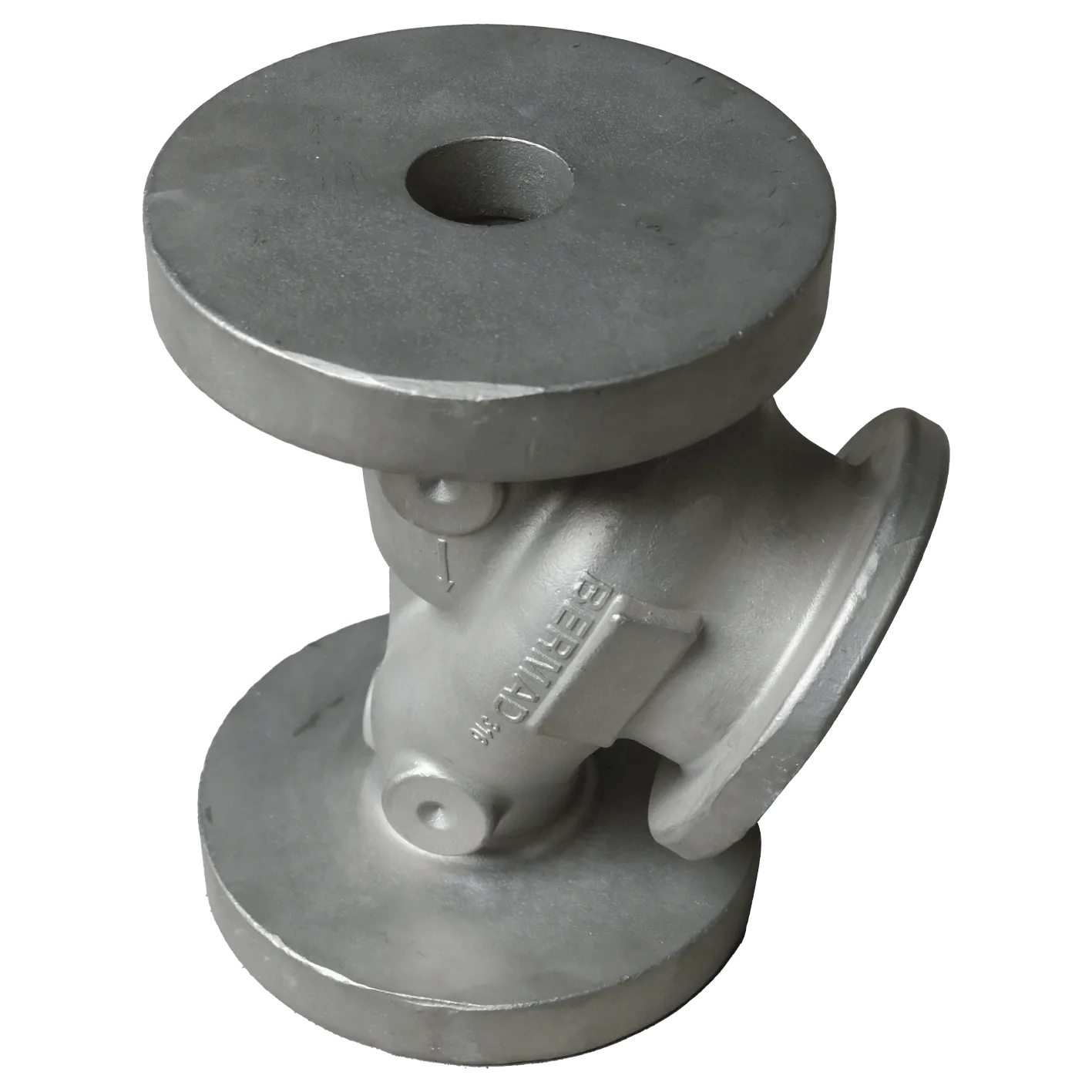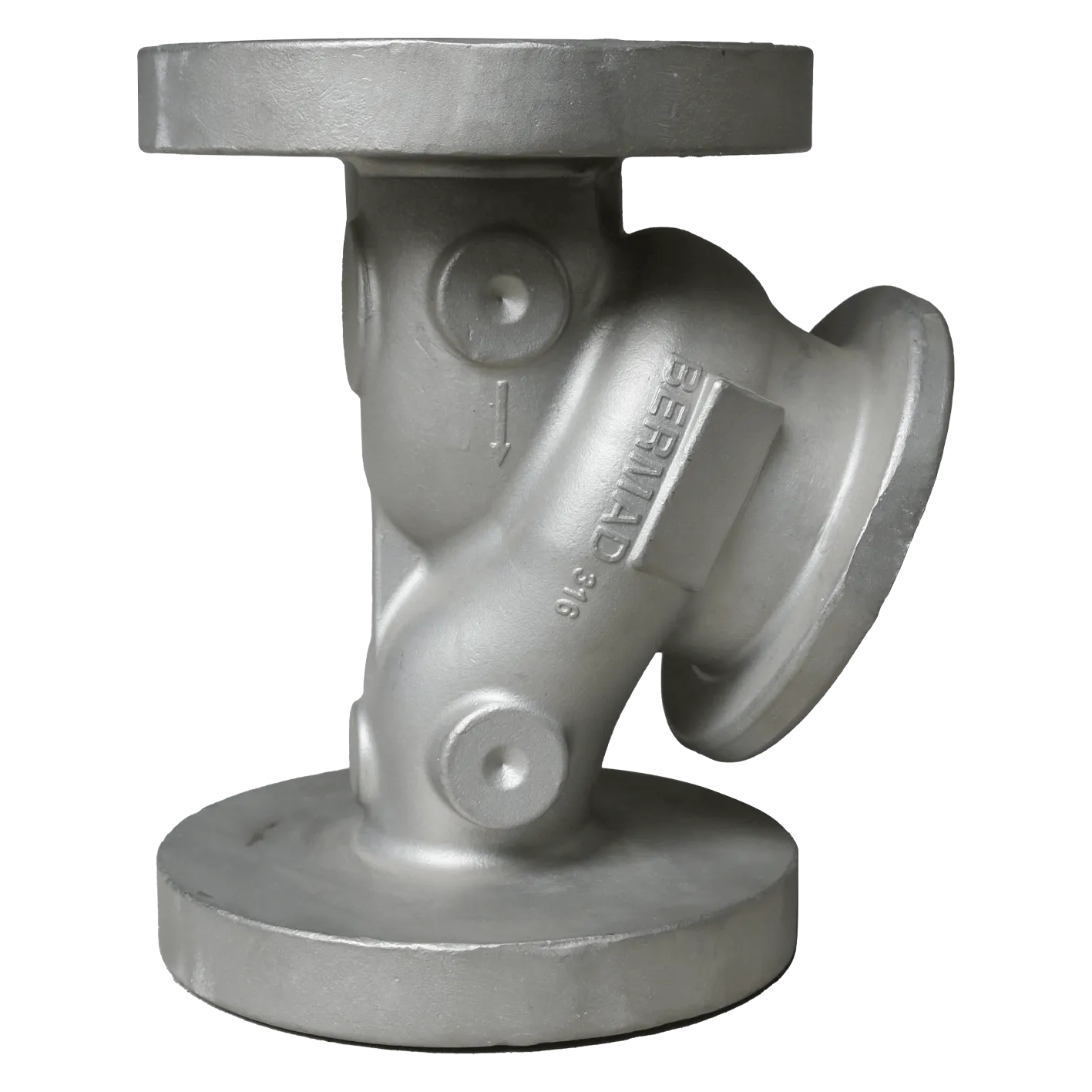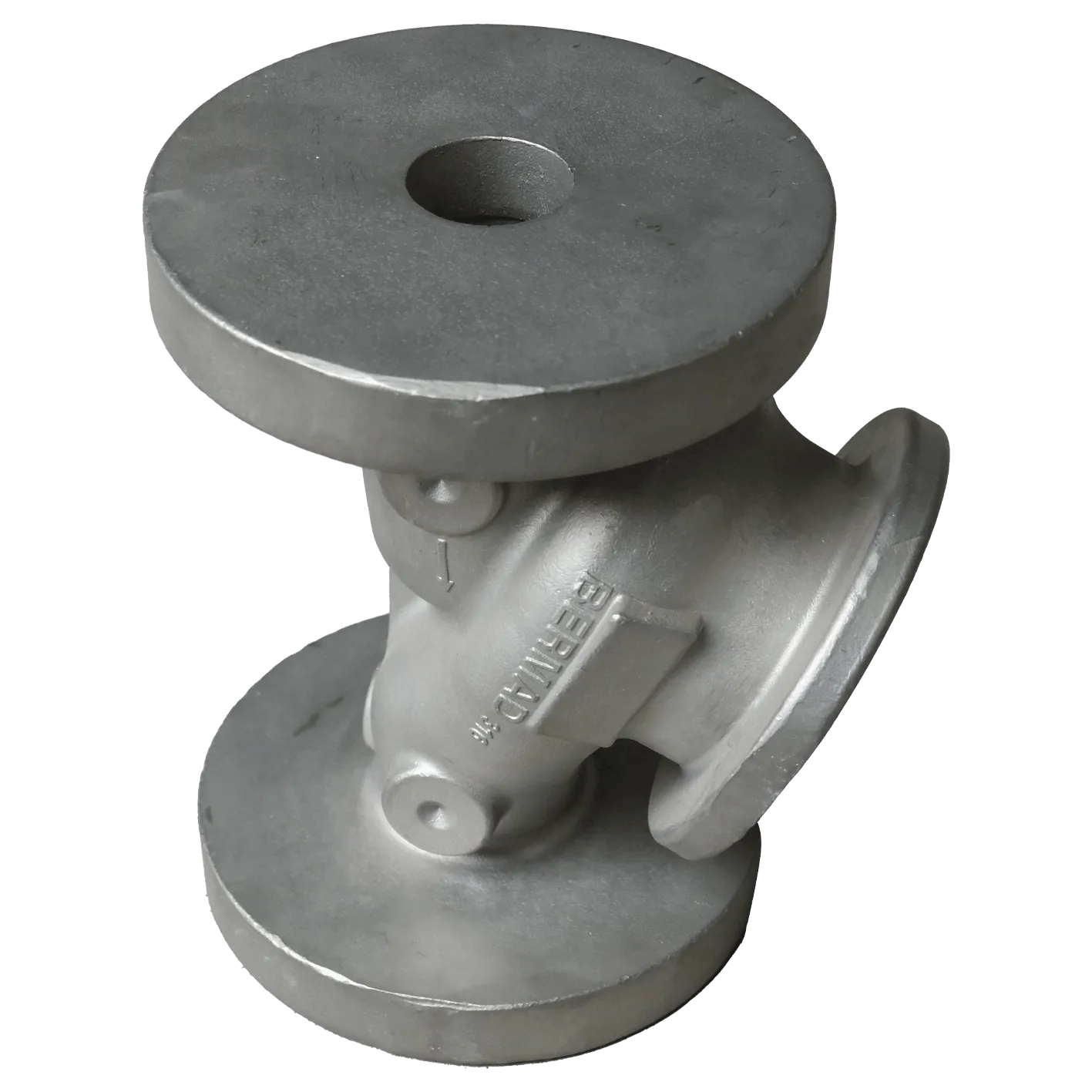First, the structure of the valve body classification
Valve body is the main part of the valve, it not only serves as the support of the valve, but also to withstand the pressure of the fluid, and make the valve to achieve the sealing function. According to the different materials and structures, the valve body is mainly divided into the following types:
1, casting valve body
Cast valve body is manufactured by the casting method of the valve body, generally using cast steel, cast iron and other materials. Cast valve body support capacity is strong, can be applied to the need to withstand high pressure, high temperature and other special conditions of the occasion, such as pipeline, petroleum, chemical and other industries. But the casting valve body manufacturing cycle is long, high production costs, and high defect rate, need to go through a number of heat treatment processes to ensure the performance and quality of the valve body.
2、Forging valve body
Forged valve body is formed by hammering, pressing and other ways of valve body, with high density, high strength and other characteristics, commonly used in high-pressure, large flow, high temperature, low temperature and other harsh conditions. The production cycle of the forged valve body is short, the initial investment in the factory is small, suitable for small batch production, but the manufacturing cost is high.
3, welded valve body
Welded valve body is made of multiple parts through the welding method spliced into the valve body, you can use different material combinations, or the same material with different processing methods combined. Welded valve body manufacturing cycle is short, relatively low cost, suitable for the production of a large number of valves.
Second, the advantages and disadvantages of the valve body
Valve body structure has a variety of types, we should use the valve body suitable for their own projects. Below we analyse the advantages and disadvantages of the valve body from the structure and material aspects of the valve body.
1、Structure
Cast valve body has a strong supporting capacity, forged valve body has good sealing, welded valve body has high production efficiency.
Valve seat and valve flap to form an oval sealing surface between the casting valve body texture is tighter, better sealing.
Valve body decomposition, casting valve body structure is more complex, the production cycle will be longer. Forged valve body is too heavy, the applicable occasions will be limited. The lack of welded valve body is easy to weld parts of the weld, bubbles and other defects, thus affecting its corrosion resistance.
2, material
Valve body materials can be divided into cast iron, copper alloy, steel, stainless steel and so on. Cast iron has a certain degree of elasticity, vibration damping and muffling, but wear resistance is poor. Copper alloy weldability is good, but also poor corrosion resistance, only for a few corrosive occasions. Steel has high strength and good corrosion resistance, but processing is difficult, high manufacturing costs. Stainless steel corrosion resistance, but poor cutting performance, processing difficulty. Therefore, we must choose the appropriate material according to the actual needs of the valve body.
Third, the main features of the casting valve body include the following aspects:
Pressure-resistant performance: casting valve body is usually used for pressure-resistant parts that can withstand high pressure. For example, the valve body of the sludge discharge valve needs to undergo 1.5 times the water pressure test and keep the pressure within 10 minutes without leakage1.
Material selection: the valve body material can be cast iron, cast steel or stainless steel. According to customer demand, other materials can also be used. For example, cast steel bottom valves can be supplied with all current international standard connections, such as flanged, welded, clamped or threaded.
Surface treatment: The surface of the valve body can be mechanically polished or electropolished according to customer requirements, and the precision can reach 0.25um.
Production process: The production of valve body usually adopts casting process, especially for medium and low pressure specification valve body. The casting process includes the selection of pouring position, moulding method, pouring system design and so on. For example, the pouring position of the valve body of the sludge discharge valve is selected with the bottom seat plate facing upwards, 4 flange holes facing downwards, and 4 flange holes for the side of the pouring position.
Application Scenario: Valve body is widely used in various industrial fields for controlling flow and medium pressure. For example, bottom valves are usually installed below the water surface for water diversion equipment and can replace vacuum pumps and vacuum extraction devices.
The production process of casting valve body includes the following steps:
Selection of pouring position: According to the structure of the valve body and pressure resistance requirements, select the appropriate pouring position to ensure the firmness and stability of the core in the middle of the casting cavity.
Moulding method: Due to the complex shape and inner cavity of the valve body, the boxless core moulding method is usually adopted, using cold hard furan resin sand and other materials.
Design of pouring system: Design a suitable pouring system to ensure that the steel enters the cavity smoothly and reduce the generation of porosity defects.
Setting of external cooling iron: Setting the external cooling iron in the larger part of the hot knuckle ring to improve the quality of the castings1.
Core box design: design a reasonable core box structure to facilitate mould release and ensure the stability and durability of the core box.















